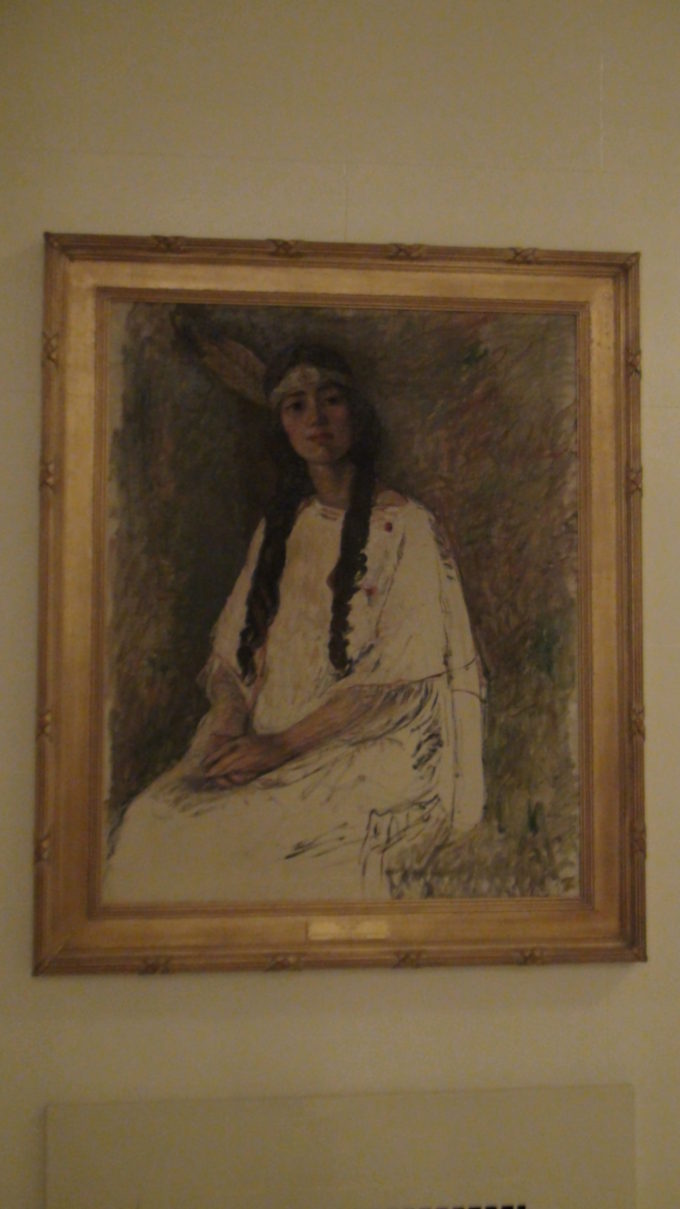
Monday, 9 March 2020
This is the message which we have heard from Him and declare to you, that God is light and in Him is no darkness at all. 1 John 1:5
John now introduces the subject of light, and he contrasts it to darkness. It is a theme he also brought quickly into his gospel –
“In Him was life, and the life was the light of men. 5 And the light shines in the darkness, and the darkness did not comprehend it.” John 1:4, 5
With this in mind, John now builds upon his words of verse 3 which said, “That which we have seen and heard we declare to you.” After saying that, he then noted that in his declaration there might be fellowship, and in that fellowship, there might be full joy. Now, he reveals what is to be declared by saying, “This is the message which we have heard.”
The declaration does not belong to John or any other apostles as the originating source. Rather, the message is one which was communicated to them. Next, he says, “from Him.” The entire thought is that it points to the Source of the message. It is not something that they heard by an intermediate. And any other apostle who declared the message likewise received what is to be said directly from the Source as well. It is this that John now says, “and declare to you.”
What he began in verse 3 is now to be relayed. John has taken his time to get to this point in order to establish that it is of the highest importance to him, and that is especially so because it comes from, and deals with, the Creator Himself. And that thought is “that God is light.”
Light is a real thing. It is something that comes from somewhere and transmits out from that source. However, in the case of God, the two are united as one. Unlike a light bulb (which merely sends forth light), and unlike the sun (which only sends forth light), John says, “God is light.” It is His absolute nature.
But there is more to the thought than just the fact of physical light being relayed. In Genesis 1:4, light is associated with goodness. Therefore, this is telling us that God is perfectly good in His being. There is no evil at all – no malice, no hatred, etc. He is perfectly, wholly, and absolutely defined by light. This is fully substantiated by the next words from John, “and in Him is no darkness at all.”
The psalmist declared this under inspiration (he declared what he received) –
“Bless the Lord, O my soul!
O Lord my God, You are very great:
You are clothed with honor and majesty,
2 Who cover Yourself with light as with a garment,
Who stretch out the heavens like a curtain.” Psalm 104:1, 2
This notion of the dazzling brightness of God is found elsewhere in the Old Testament as well. Thus, the absolute moral purity of God is spoken of. Unlike the deities of other nations and peoples who were angry, vindictive, dark, and unholy, the Lord God is light, and He is morally perfect. Along with this comes the ideas of intellectual perfection, absolute truth, and so on. Everything that is good in the absolute sense is found in God. This is the declaration that John proclaims, and it is that which is then a source of fellowship, and in that fellowship is found joy in its fullness.
The reason for this will be explained in the verses to come, but the idea of why it is so was already seen in John 1:4, 5 (cited above), and it continues throughout his gospel. Again and again, the light is proclaimed about the nature of the Person of Jesus Christ. In John 8:12 (and again in John 9:5) He says explicitly, “I am the light of the world.” In John 12:46, He says, “I have come as a light into the world, that whoever believes in Me should not abide in darkness.”
This is the message, and this is the declaration. Only in Christ can fellowship with the Father be obtained, because only in Him is the perfect moral purity to allow such to take place. But in coming to Christ, the moral purity of Christ is imparted to the believer. And in that impartation comes full, final, and forever fellowship with God.
Life application: To understand more fully what is brought forth by John, we can take a short trip back to 1 Timothy 6:13-16 –
“ I urge you in the sight of God who gives life to all things, and before Christ Jesus who witnessed the good confession before Pontius Pilate, 14 that you keep this commandment without spot, blameless until our Lord Jesus Christ’s appearing, 15 which He will manifest in His own time, He who is the blessed and only Potentate, the King of kings and Lord of lords, 16 who alone has immortality, dwelling in unapproachable light, whom no man has seen or can see, to whom be honor and everlasting power. Amen.”
As Jesus Christ came from God, He is God. In His deity, He is the same essence being referred to by John. But when we see Jesus in His humanity, He is concealing the glory of God; veiling it in human flesh for our benefit. There is no darkness at all in God, but only light.
In Jesus is the light of God. He reveals to us the fullness of the Godhead, and only through Him can we understand who God is in an intimate way. Apart from the created order, which reveals God in a general sense, we are left with no intimacy unless we know Jesus. And it is through the Bible that we learn about Him. Please! Take time each day to read your Bible.
Heavenly Father, we ask that You open our eyes to the truth of Your written word – the word that directs us to Jesus who, in turn, reveals You to us in an intimate way. We long to know You more fully, so be with us and guide us as we study Your precious word! Amen.




